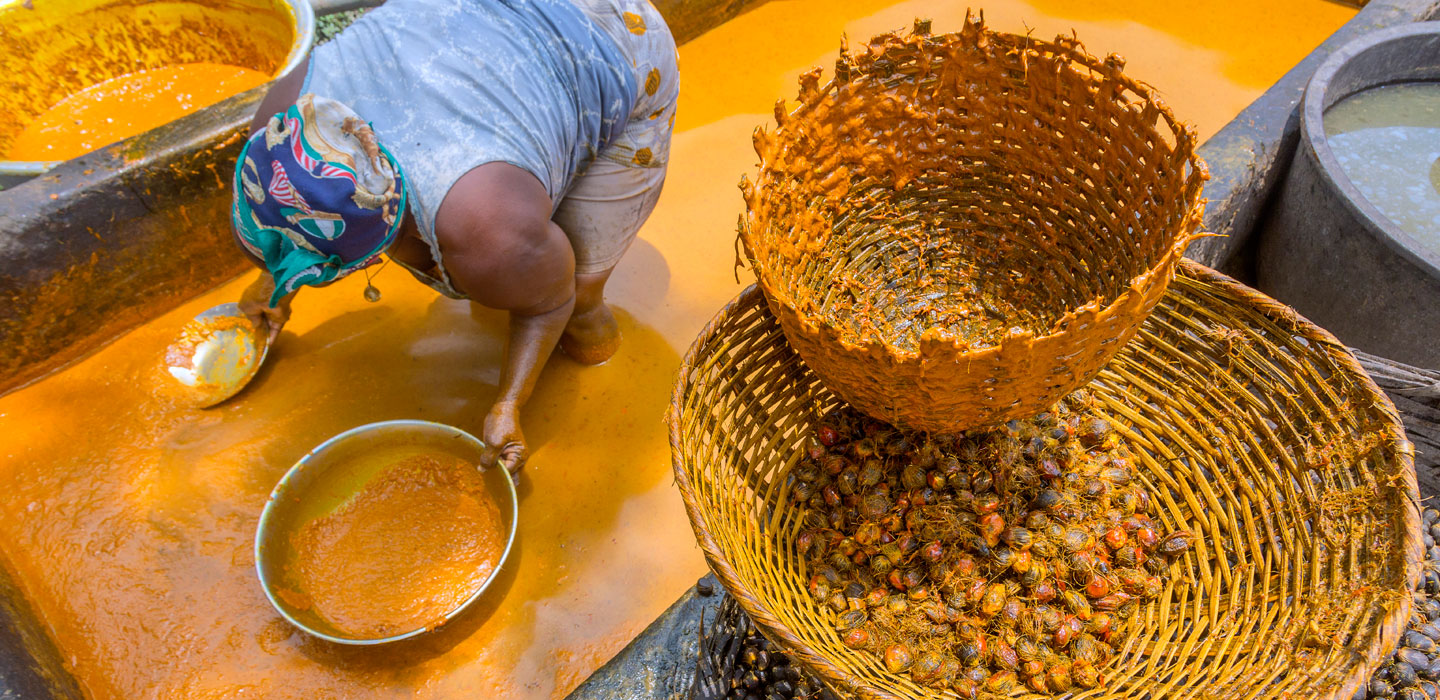Series
Series

Series
Menu Display
SearchResultsFilters
Search Results
Research Series Issue 22 - Poverty reduction during the rural-urban transformation
Research Series Issue 21 - Does relative deprivation induce migration? Evidence from sub-Saharan Africa
Research Series Issue 20 - Transformation and Diversification of the Rural Economy in Asia
Research Series Issue 19 - Measuring Women's Empowerment in Agriculture: A Streamlined Approach
The Women’s Empowerment in Agriculture Index (WEAI) can be a useful tool to measure the empowerment, agency and inclusion of women in the agriculture sector. However, computing the WEAI in its current form involves large data requirements, resulting in lengthy surveys with several questions on various dimensions and indicators within each dimension. This paper proposes a reduced version of the WEAI, or the R-WEAI, and examines two possible approaches to reduce the data requirements while ensuring comparability to the full WEAI.
Research Series Issue 18 - Do agricultural support and cash transfer programmes improve nutritional status?
Cash transfer and agricultural support programmes are both used to improve nutrition outcomes in developing countries. This paper examines previous reviews of the impact of these programmes and compares the evidence between the two. The paper finds that, although there are about the same number of programmes of each type, many more papers have been written about the cash transfer programmes than the agricultural programmes. While evidence suggests that both programme types improved the quality of food consumption, the paper concludes that both types show weak evidence of improvements in anthropometric outcomes.
Research Series Issue 17 - Population age structure and sex composition in sub-Saharan Africa: A rural-urban perspective
This study describes the shifting age and sex patterns of populations across rural and urban sectors in sub‑Saharan Africa from 1980 to 2015. It examines the relationship between the slowdown in urbanization and rural and urban age structure gaps, sex composition and dependency ratios. Findings show that rural-urban migration of young adults plays a key role in explaining dependency ratios and sex compositional gaps in rural and urban areas. Results also highlight the value of taking into account local age and sex structures to better prepare for the demographic dividend and other consequences of demographic shifts in sub-Saharan Africa.
Research Series Issue 16 - Getting the most out of impact evaluation for learning, reporting and influence
Research Series Issue 15 - Remittances, growth and poverty reduction in Asia
Remittances have increased in low-income and lower- middle-income countries in recent years, playing an important role as a stable source of finance at the macro-level, and in poverty reduction at the micro-level.
Drawing on a critical review of the literature and econometric analyses based on cross-country panel data, this study examines the relationships among remittances, growth and poverty reduction in Asia and the Pacific and highlights policy implications to be considered by governments and policy-makers.
Research Series Issue 14 - Disbursement performance of the International Fund for Agricultural Development (IFAD)
This paper investigates the trends and the influencing factors of IFAD’s project disbursement performance over the past 20 years. Based on data from 577 projects in 111 countries, the study finds that disbursement of funds are often delayed and time-consuming.
Using econometric analysis, the study assesses the internal and external factors affecting the amount and timeliness of disbursements, and provides important lessons on how international financial institutions such as IFAD can better monitor and manage this important aspect of their development effectiveness.